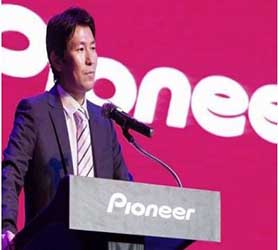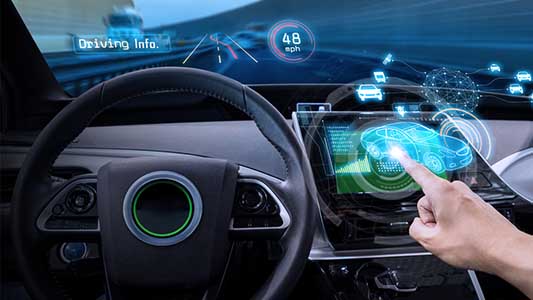
The automotive infotainment market in the country has witnessed massive transformations in recent years, especially driven by the steadily increasing penetration of connected technologies and the rising demands for connected cars. The market is further expected to grow exponentially in the coming years, while several industry players have put bolstered their focus on technological innovations to revamp the driving experience of customers commuting through advanced vehicles.
In-car infotainment
To simply state the in-car automotive infotainment systems or in-vehicle infotainments (IVIs) are a combination of vehicle systems which are used to deliver information and entertainment to enhance customer’s in-vehicle user experience with advanced features like Human Machine Interface (HMI), and media connectivity, telematics, radio/audio/video, and Advanced Driver Assistance Systems (ADAS). Globally, the in-vehicle infotainment market was valued at around $ 20.96 billion in 2022 and is expected to grow at a compound annual growth rate (CGAR) of 10.3 per cent to reach $ 50.64 billion by 2031. In India, the automotive software market is projected to grow at an estimated CAGR of 16.17 per cent to reach $ 1883.36 million by 2027.
Bringing in a blend of information and entertainment, the infotainment systems in modern cars comprises Body Control & Comfort System, ADAS & Safety Systems, Communication Systems, Engine Management & Powertrain, Infotainment System, Autonomous Driving, Connected Services, Biometrics systems, HMI Application, and V2X System.
While there has been a massive transformation of the in-car infotainment systems in the country, here are some of the popular trends that will reshape the industry to enrich the customer experience in the digital era.
Connected apps
With the advancements in technology, connectivity among the various features of modern cars has also evolved. Modern-day advanced cars are getting more and more equipped with advanced features like 3D downloadable maps and notifications on vehicle maintenance, which can be easily operated through mobile applications. Some of the few connected technological applications that are driving the transformation of the automotive sector include remote control of locking and unlocking or even starting or stop of the engine.
Smart communications
There has been a lot of innovation lately in the automobile sector to enable real-time information flow, and one of the key focus of the manufacturers have been to work on innovations to make possible communication between nearby vehicles to create a connected infrastructure. Some of such advanced features to enable smart communication include maps, real-time traffic flow statistics, detection of potholes and speed bumps, and remote access to emergency services within seconds.
Voice assistance
Cutting-edge technologies like Artificial Intelligence (AI) and Machine Learning (ML) have been revamping the digital ecosystem in the country across all industries, and the players in the automobile sector have also been leveraging such technologies to introduce customized voice-based assistance features to make driving experiences better. This has played a phenomenal role in advancing the usage of basic activities within the car, like adjusting the AC temperature, opening or closing sunroofs, setting navigation, starting or stopping engines, etc., which can now be managed through voice commands, like in Siri or Alexa.
Enhanced safety
Technological advancements are not only facilitating the connection of cars with the internet but also empowering advanced vehicles through a continuous exchange of data, short-range communications and peer-to-peer exchanges. These will significantly enable the vehicles to sense the activities of other vehicles and walkers, thereby detecting potential threats. The application of IoT and other technologies enables the communication between nearby vehicles to help drivers get alerted about speed, direction, road conditions, traffic and pedestrian information. There have also been innovations in the application of advanced preventive measures like timely automated brakes and driver alerts to avoid crashes.












